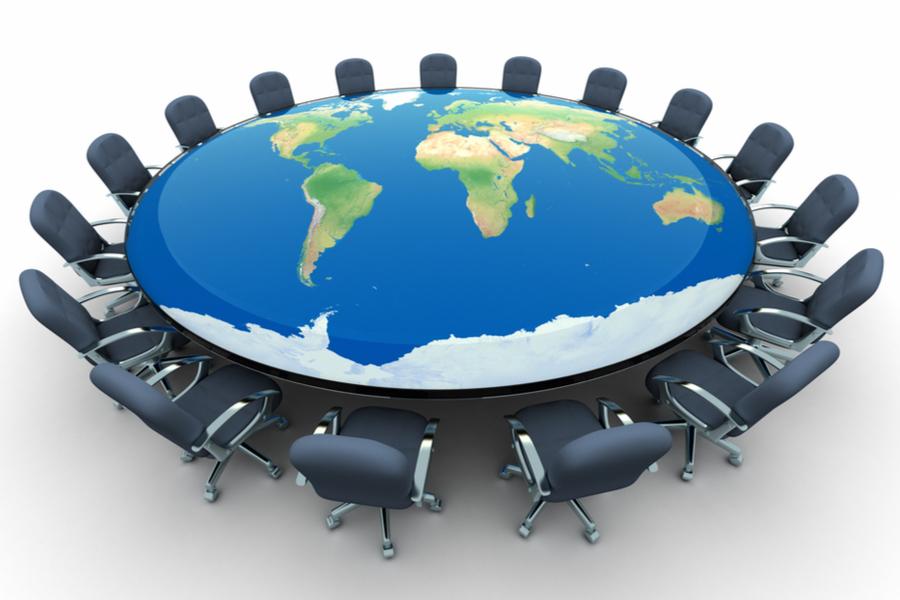People, planet and profits: Keeping sustainability at the heart of all our endeavours is now a necessity
It will soon be close to two years since the outbreak of the Covid-19 pandemic. As the world continues to fight valiantly, I believe it truly trickles down to the choices we make in the moment that can change our lives, and of those around us, forever
I believe that we can only see through these unprecedented times by putting up a united front. The pandemic exposed gaps in the notion of development across global markets. It emphasised the need to build for the future through collective actions including self-reliance and digital investments across industries. It nudged us to re-think our priorities and goals. It made us acknowledge the true meaning of sustainability and how it should be used as a tool to shape a better future.
‘Vasudhaiva Kutumbakam’
The world is a global village, much like an extended central nervous system connected by the internet and telecommunication.
The battle is far from over and it has been heart-warming to see the entire world come together in the face of the pandemic. Despite its damaging effect on the world, the pandemic-induced crisis urged us to pause, reflect, and re-energise to leverage the opportunities that lie beyond the challenges. Now is the time for us to build a sustainable economy governed by mindful growth— one that is not built at the cost of welfare of its stakeholders. Transitioning from a linear to a circular economy—a restorative or regenerative economy that lays equal emphasis on people, planet, and profits—is perhaps the only viable solution that can ensure this. It underscores the need to shift towards the use of renewable resources and aims at the elimination of waste through the superior design of materials, products, systems, and business models. Technology, we believe, can act as a catalyst in this process. We must make use of technology to enhance our capabilities and sensitivities to improve the social, environmental, and economic fabric of the society.
For instance, cloud adoption can reduce emissions by 23 percent to 27 percent. Digital technology has the potential to alter how and where people work and live, it is changing the way that enterprises are managed and is improving the efficiency of air, land, and water-based transportation systems, among other sectors of the economy.
Emerging stronger, together, on the sustainable development path
The opportunity to build a resilient and low-carbon economic recovery requires close collaboration between the government, industries, and people to take critical actions that focus on safeguarding national economies. To develop a sustainable growth model, we must leverage technology as a key enabler to facilitate business and operations. We need to embrace the transformative capabilities of digital technologies for supply chain resilience—big data analytics to streamline supplier selection processes, cloud computing to facilitate and manage supplier relationships, and Internet of Things for enhancing logistics and shipping processes.
What we save, will save us
In everything we do now, we must ensure that we are meeting sustainability goals. Digital technologies, such as artificial intelligence, cloud computing, data analysis, and blockchain, came to the rescue of a contactless world, to ensure work continuity, to protect, and to connect. In other words, we took the leap by making technology the common denominator. In this scenario, businesses need to place tech-bets and nurture a growth mindset guided by sustainable goals like combating climate change, adopting renewable energy solutions, and using digital platforms.
Sustainability is often thought in terms of either economic activity or ecological impacts. The concept is far wider and embraces economy, ecology, inclusivity, and the long-lasting impact on generations to come. The United Nations has defined 17 sustainable development goals and these include no poverty, zero hunger, good health and well-being, quality education, gender equality, clean water and sanitation, affordable and clean energy, decent work and economic growth, industry, innovation and infrastructure, reducing inequality, sustainable cities and communities, responsible consumption and production, climate action, life below water, life on land, peace, justice, and strong institutions with valuable partnerships for the achievement of these goals. We believe technology can truly empower and enable us to achieve these goals. For instance, platforms enabled by blockchain can enable paperless transactions to buy and sell properties. Platforms based on artificial intelligence can provide live, global, interconnected data to organisations to make informed decisions to meet their sustainability goals. Data sharing and digital economy, with real-time analytics and optimisation, can eliminate the mismatch in supply and demand, resulting in efficient use of resources, for instance, elimination of waste in perishable supply chains.
Moments of disaster are often moments when bold choices are made. We have made a choice which is indeed a necessity–to attain sustainability. What is needed now is to support our endeavours, globally, through coordinated efforts, and multilateral cooperation, to put sustainable growth impulses on the fast track. The world must continue to embrace transformational change, to shape economic policies that support rapid growth. This will require a continued commitment to wide-ranging reforms. There is no room for complacency.
The writer is managing director and chief executive officer, Tech Mahindra.
The thoughts and opinions shared here are of the author.
Check out our end of season subscription discounts with a Moneycontrol pro subscription absolutely free. Use code EOSO2021. Click here for details.
